by Jennifer Rainey Marquez
by Jennifer Rainey Marquez
In Georgia State’s Center for the Economic Analysis of Risk, faculty are researching the most effective channels for upward economic mobility in Atlanta and across the globe.
Nearly half the planet’s population lives on less than $5.50 a day. About 10 percent get by on less than $2 daily. How do they manage to feed their families, keep a roof over their heads or pay for emergencies with such a meager income?
It’s a question that’s becoming even more urgent. Last year the COVID-19 pandemic coupled with the rising toll of climate change caused global extreme poverty to rise for the first time in more than 20 years.
Since 2008, researchers at the Center for the Economic Analysis of Risk (CEAR) at Georgia State have been studying how the poor make do. The interdisciplinary center draws together scholars from the J. Mack Robinson College of Business and the Andrew Young School of Policy Studies. Working with collaborators across the globe and external partners such as the Federal Reserve Bank of Atlanta’s Center for Financial Innovation and Stability, they use face-to-face interviews, conducted regularly over long periods of time to model individuals’ financial livelihoods. Their work offers insight into the ways people mitigate financial risk and the systemic and individual factors that can trap people in poverty.
“Poverty doesn’t only mean small incomes and few opportunities,” says Glenn Harrison, director of CEAR and the C.V. Starr Chair of Risk Management & Insurance. “It also means dealing with a high degree of risk and variability in what happens to you, and it requires a lot of very sophisticated risk management.”
CEAR was established to learn more about the volatility people are exposed to and the formal and informal safety nets that they rely on. The goal is to use this knowledge to better inform policy decisions and work toward the development of financial products that can better serve the poor in America and globally. Many of the insights also apply generally to those who have higher income but still face significant income risks over their lives.
❖ ❖ ❖
CEAR recently led a project to investigate whether an insurance product can improve the welfare of rural pastoralists in Ethiopia, a country whose economy is built on agriculture and livestock.
“This particular product is known as index-based livestock insurance, and it basically ensures a herd’s pasture quality. If the quality of pasture goes below a certain level, as verified through satellite data, then the company will provide claim payments,” says Karlijn Morsink, assistant professor of economics at Utrecht University in the Netherlands and a CEAR Research Fellow.
These products are typically promoted as a blanket solution for everyone, but not everyone benefits from them equally, Morsink says.
“For some people their losses are very tied to the quality of pastureland, while others may be better off without this insurance.”
Using a grant from the U.S. Agency for International Development and the Feed the Future Innovation Lab for Markets, Risk and Resilience at the University of California-Davis, the team conducted interviews with 2,400 individuals across 240 communities in southern Ethiopia. They are examining the factors that influence the benefit people receive from insurance — such as herd size or beliefs about the coming season — and whether a tailored financial intervention that takes these different preferences and beliefs into account can improve households’ welfare. A second grant awarded in 2021 will fund a study in Kenya and Ethiopia to determine whether insurance can be an effective vehicle to mitigate conflict that arises due to climate change.
“Developing countries have fewer formalized markets, and so communities there often rely on informal networks to help one another out in times of need,” says Morsink. “But those informal systems don’t always work as well in the aftermath of extreme weather events, because everyone is affected at the same time.”
The breakdown of those networks may in turn lead to increased conflict, as people struggle to share resources or are forced to migrate to other areas. Policymakers often promote insurance as a way of insulating communities from social unrest produced by climate shocks, but more research is needed to determine if these products are effective or whether they actually could accelerate conflict by increasing productivity and subsequent pressure on natural resources. In this five-year study, the team will examine how and to what extent climate-induced weather shocks impact conflict and whether insurance can help.
❖ ❖ ❖
“The needs of this population vary, and so we need new policies that are flexible and tailored. One idea is to create instruments that combine borrowing with savings and insurance, which could also connect to federal or state support. In this way, it becomes much more holistic.”
—Elisabet Rutström
A popular image in America is that through education, savings and career mobility it is possible to achieve financial security and success. The truth is that substantial financial and income instability has been increasing over time.
In 2015, CEAR designed a research project to better understand the vulnerability facing the working poor in Atlanta. The Portfolios of Atlanta’s Poor (PAP) project collected data related to health, income, expenses, assets and liabilities over several months. After three years spent interviewing 100 individuals, the researchers are analyzing the data and working to construct a picture of the constraints — and opportunities — facing these households. They’re also devising new solutions to increase their financial security and growth.
“We wanted to get a better handle on the scope of the challenges for households over time,” says Elisabet Rutström, a former professor in the Robinson College of Business and CEAR program director in charge of the PAP project. “What tools are they using to manage their risks? Are they cutting expenses? Which ones? Are they able to get more work? Are they able to get money from friends or family? Are they associated with churches or nonprofits?”
The team is also looking at some of the causal factors behind financial vulnerability. For example, in the U.S., poor households are much less likely to be insured, making it harder to absorb financial shocks. Low tolerance for risk typically drives people to purchase insurance, but CEAR has found poverty is not always synonymous with risk-averse attitudes.
“Although poor households all have low levels of income and accumulated wealth, we’re finding that there is significant heterogeneity of risk attitudes,” says Rutström.
In a forthcoming paper in the Journal of Risk and Uncertainty, the team breaks down the relationship between household composition — the size of the household and the number and type of dependents — and perspectives towards risk. They found that while larger households tend to be more risk averse, the association doesn’t hold when a large proportion of children are present in the home.
“People responsible for larger groups of dependents may be less risk averse because they are the ones who are more willing to accept needy parties into their households,” says Rutström. “Risk-averse households are less likely to accept new members. On the other hand, if the head of household is forced to accept new dependents due to an event outside their control, they may become more risk averse as their financial buffers shrink.”
The next phase of the PAP study: determining how to serve this population better. The CEAR team wants to partner with banks, credit firms or insurance companies to create and test new types of products specifically developed to reduce financial instability among the working poor. Ideally, the community would be involved in informing and providing feedback on the product design.
The work is inspired by their research in less developed countries. Rutström notes that products like microinsurance or cooperative insurance pools, which have been successfully set up in the developing world, could also work in the U.S.
“The needs of this population vary, and so we need new policies that are flexible and tailored,” she says. “One idea is to create instruments that combine borrowing with savings and insurance, which could also connect to federal or state support. In this way, it becomes much more holistic.”
This sharing of ideas and strategies across developed and developing countries is a core part of CEAR’s mission, which Harrison says is more important than ever as the distribution of financial resources becomes less and less equitable in the world’s richer nations.
“There are clear links between what’s happening in developing countries and in lower income communities in developed countries,” says Harrison. “CEAR is about identifying challenges in risk management and using theory, behavioral ideas and the exchange of knowledge across contexts to look for solutions that might be effective in both places.”
Photo courtesy of ILRI/Fiona Flintan.

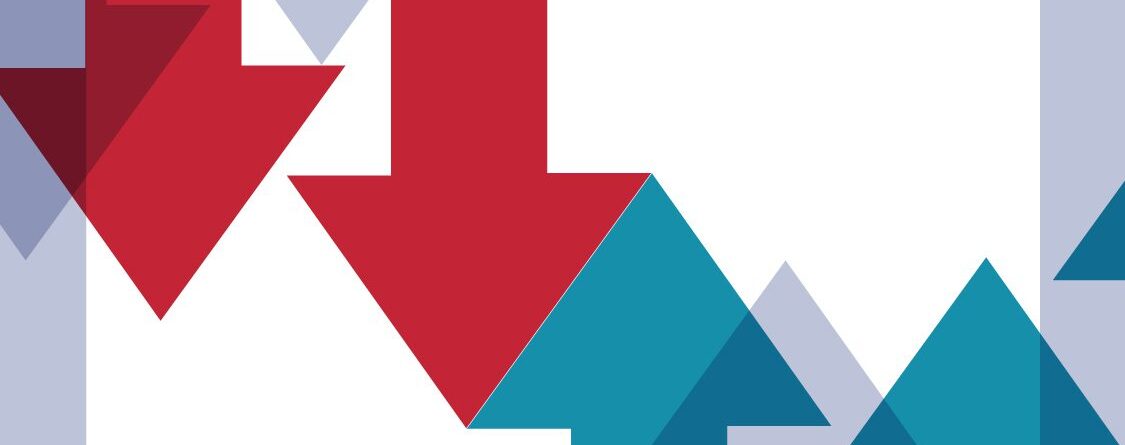


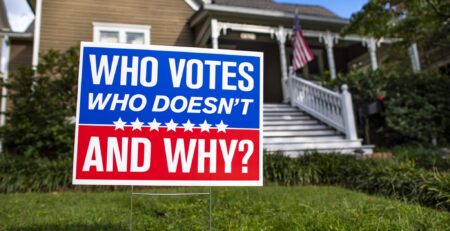
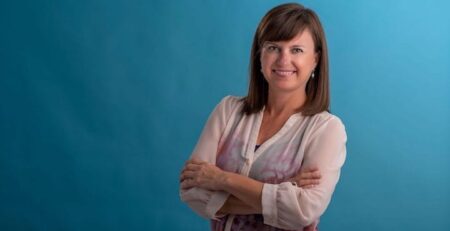


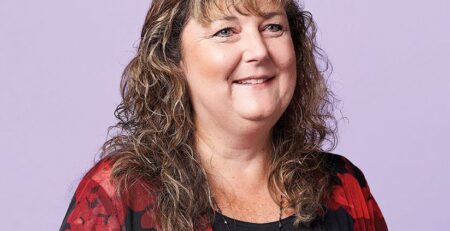
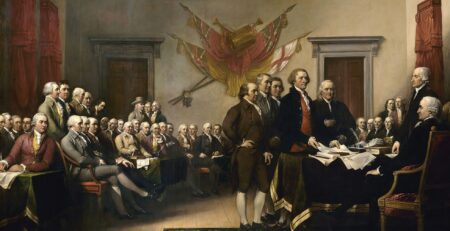
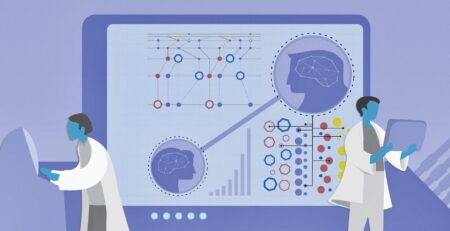
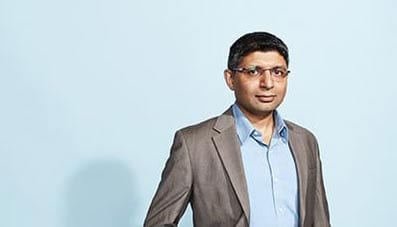
Leave a Reply